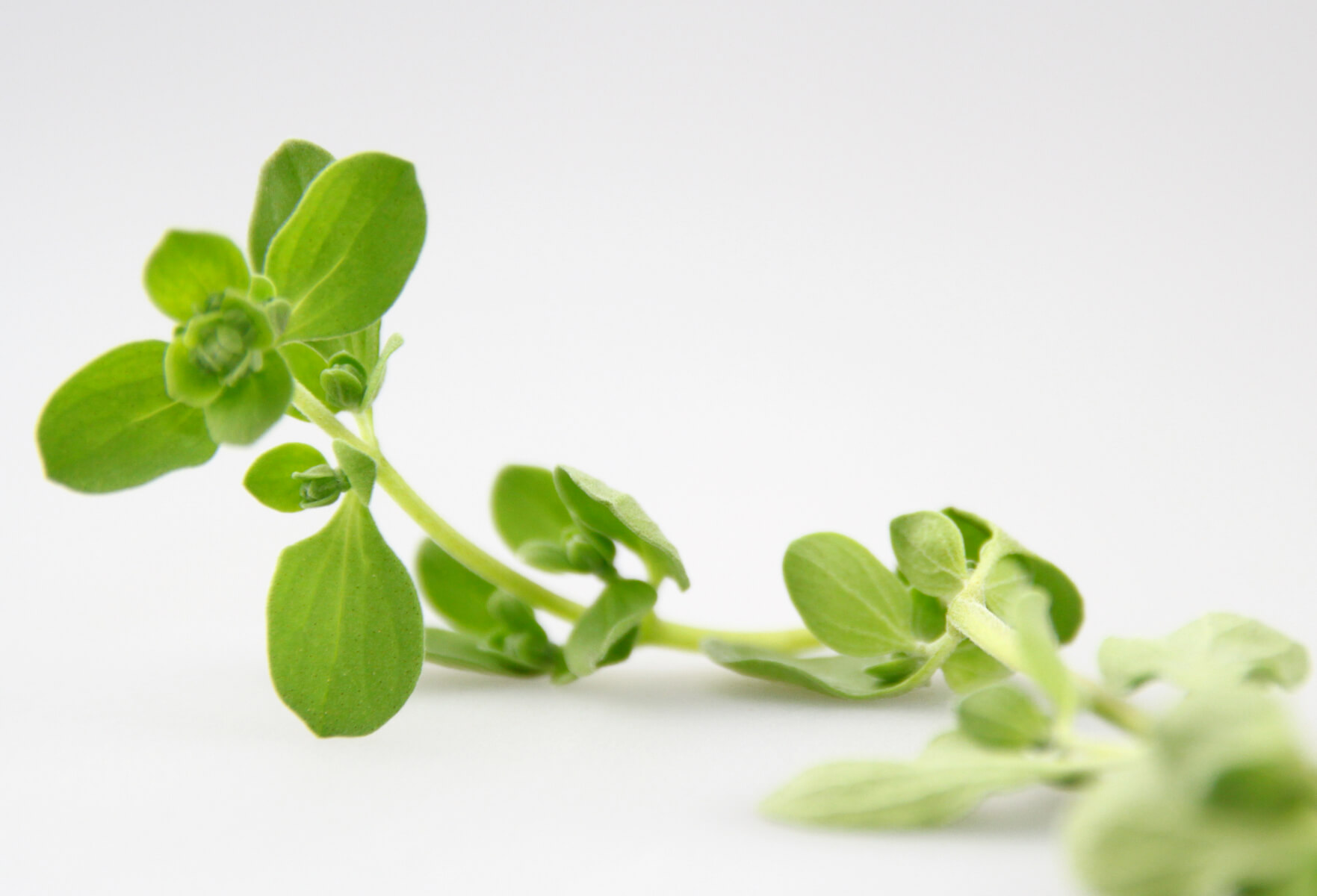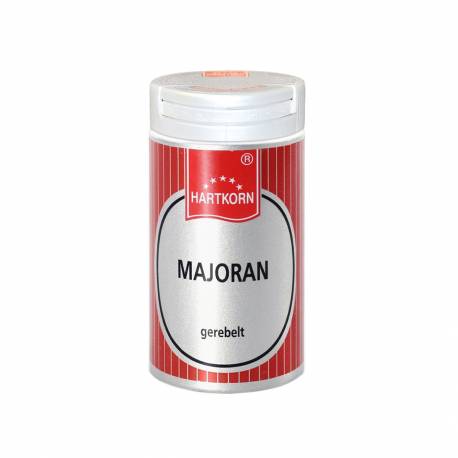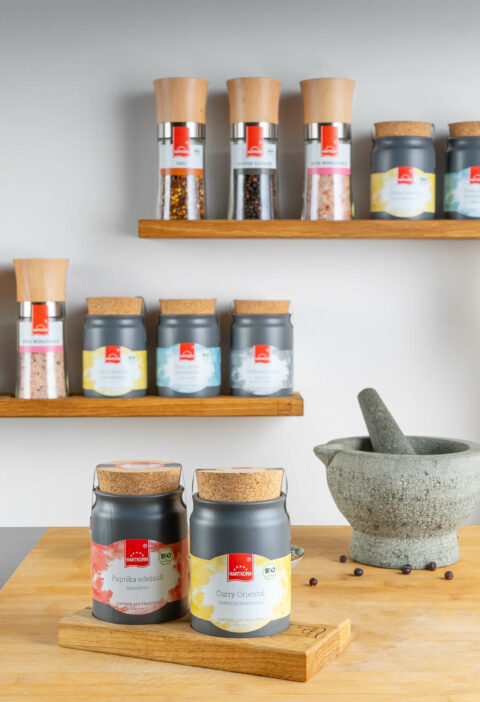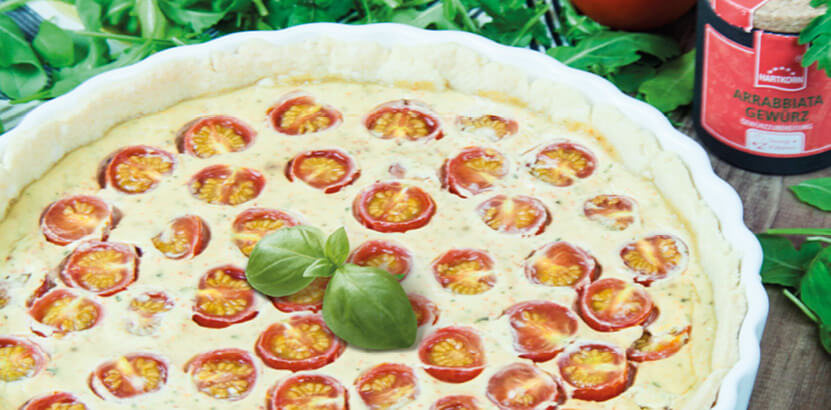Synonyms: Botanical family: origin: Classification: spice shape: flavor: odor: use: Marjoram smells strong and aromatic, similar to thyme. The taste is characteristically spicy and slightly burning. Especially as sausage spice it is contained in almost all sausage mixtures. Therefore it is also called sausage herb. Especially well-known is the Thuringian marjoram, which is of course also used in the Thuringian bratwurst. But marjoram is also used to season many meat dishes, ragouts, potato dishes, salads and soups in all European kitchens. Because of its essential oils, it is used in the liqueur industry for the production of herbal liqueurs and in the food industry as a component of spice essences. tip: Recipe suggestion: knowledge: Botany: History: Marjoram
General information
Application
Things to know
 Botanical name:
Botanical name:
Origanum majorana L.
Gemeiner Dost, bath herb, sausage herb
flowering plants
South of France, Germany, Poland, Czech Republic, Austria, Egypt
herb
weed
spicy, camphor-like
strongly aromatic
roast meat and mutton, meat fillings, roast goose, duck, game and pork, liver dumplings, salads, sauces
Only cook for a short time so that it develops its full aroma
Apple and sausage salad: Cut 2 onions into slices and sauté in butter until transparent. Fry 300 g hunting sausage in cubes. Steam the same amount of apples with raisins, honey, salt and pepper to taste. Arrange the sausage, put the apples on it and garnish with chopped marjoram.
Cultivation: Marjoram and parsley are among the most important spice plants cultivated in Germany. The region around Aschersleben is the best known cultivation region for German marjoram.
The annual, biennial or perennial herb grows to a height of about 30 to 60 cm. The gray-green, whitish to reddish overflowing and downy-felty hairy shoots carry short-stalked, elongated, egg-shaped, whole-edged, gray-felted on both sides, 5 to 20 mm long and 5 to 10 mm wide leaves. The small, whitish to reddish flowers have grown together from several petals to a simple, bag-shaped calyx and are almost covered by bracts like roof tiles. There are two types of marjoram - the leaf marjoram or French marjoram and the bud marjoram or German marjoram. In warmer locations, such as the Mediterranean, marjoram is perennial, but in cooler central and northern Europe it is only annual and, as a so-called summer marjoram, rarely flowers and bears fruit.
Marjoram is suitable for gardening as well as for intensive field cultivation. Before or during flowering, marjoram is cut, carefully dried and rubbed in rebells. The leaves, buds and shoot ends are first stripped from the stalk. Special attention should be paid to cleaning marjoram, as the low growth of the plant causes heavy contamination by sand. It is not possible to remove even the smallest grains of sand completely because the numerous leaf hairs favour the adhesion of the tiny particles. Marjoram is sold grated, cut or ground. The cut product usually contains a small proportion of stalks.
It owes its name to the Arabs, who already brought marjoram from India to the Mediterranean region in ancient times. With them it was called "Marjamie" - that means "the incomparable". Since earliest times, marjoram has been known as a seasoning plant and has always been used as a medicine for stomach and intestinal diseases and many other ailments.
http://de.wikipedia.org/wiki/Majoran







